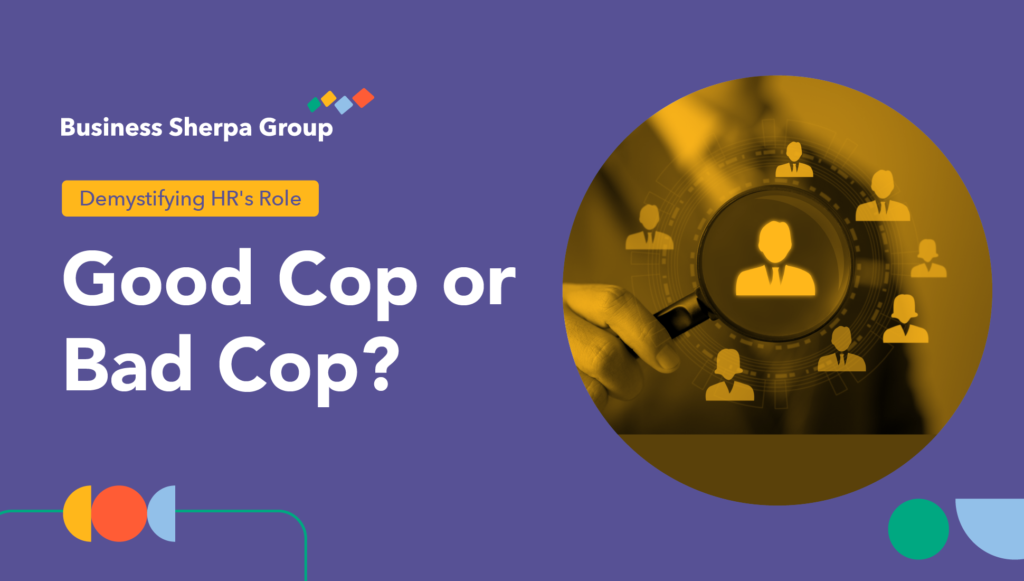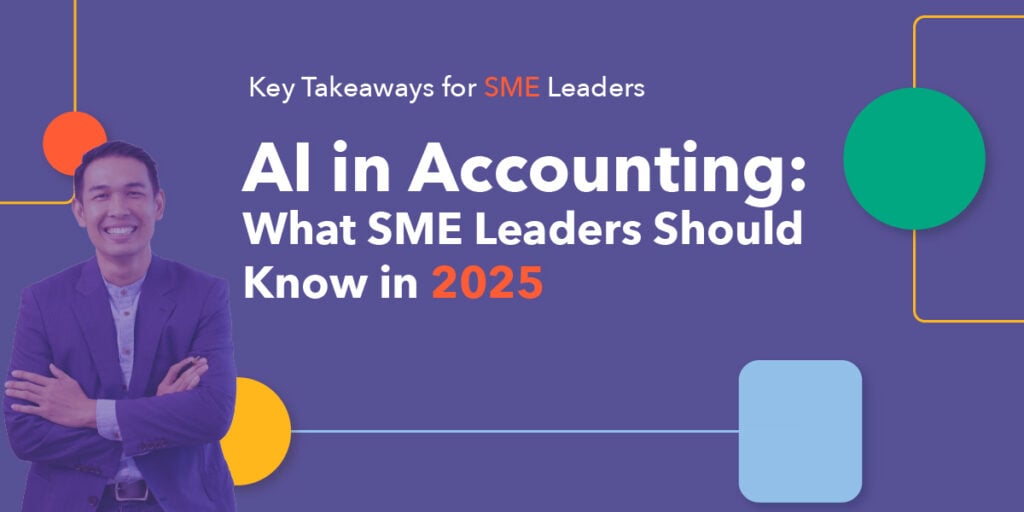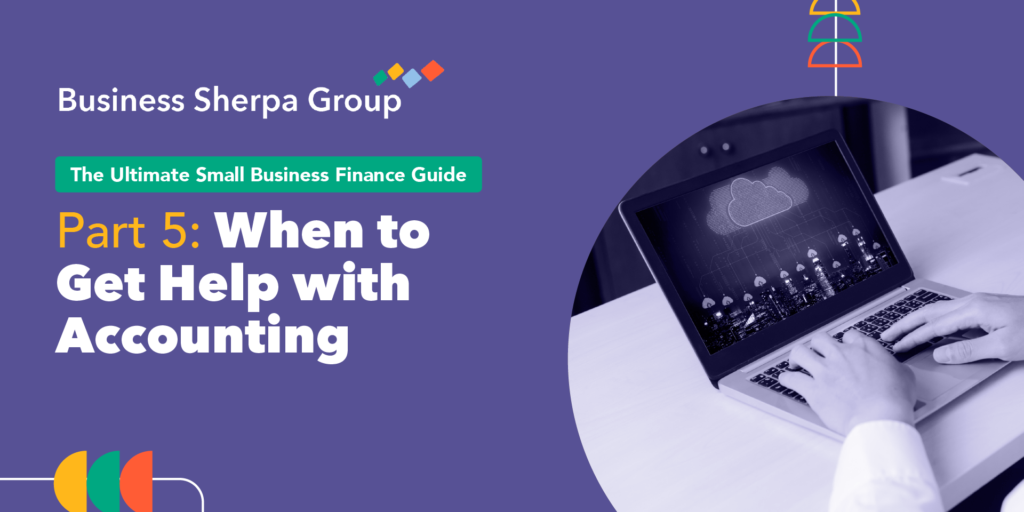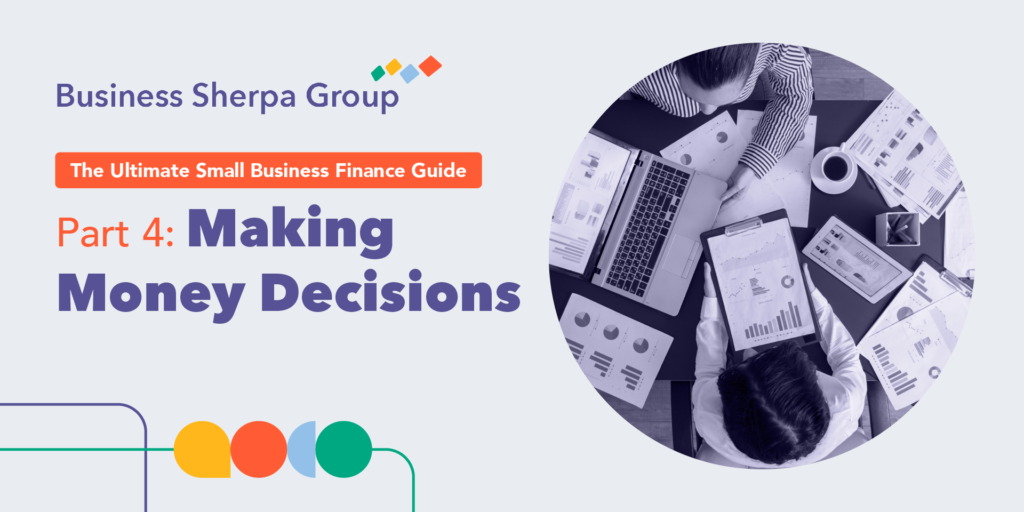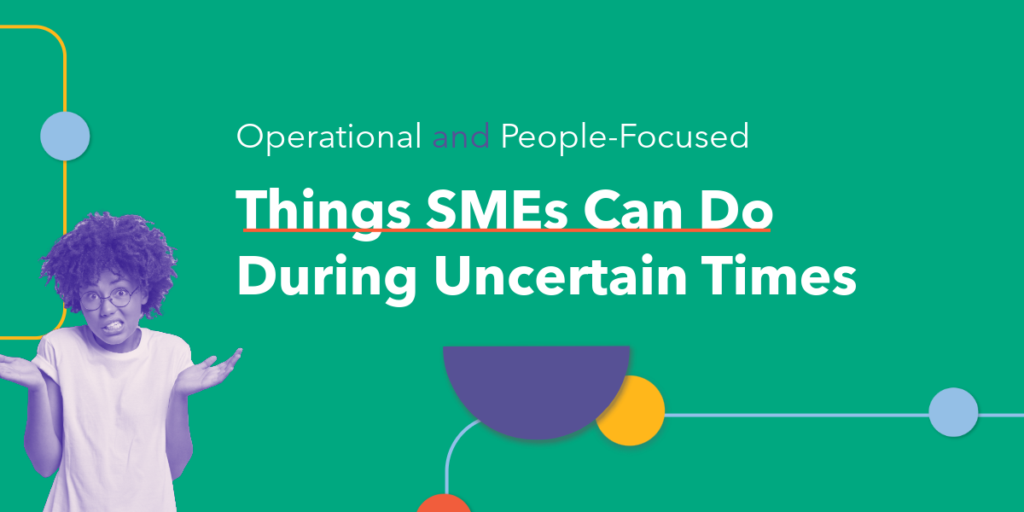In the world of Human Resources (HR), a common debate often surfaces: Should HR professionals prioritize policies and procedures, or should they focus primarily on people and relationships? This dichotomy is frequently portrayed as a competition, with some arguing that a “policy-driven” HR approach creates structure and consistency, while others advocate for a “people-driven” approach, emphasizing empathy, flexibility, and employee well-being.
However, the reality is far more nuanced. Both approaches are essential for an organization’s long-term success, and when blended effectively, they create a harmonious and productive workplace. The key lies in recognizing that neither style can succeed alone in the long run, and that a balanced, integrated approach is needed to foster both organizational efficiency and employee engagement.
The Foundation of Policy-Driven HR
At its core, policy-driven HR is about establishing clear, consistent, and compliant processes that guide decision-making and behavior within the organization. These policies serve as the foundation upon which fair and transparent practices are built, ensuring that the company adheres to legislative requirements and ethical standards.
A strong policy framework helps mitigate legal risks, manage workplace behavior, and address complex employee-related issues consistently. For instance, policies related to discrimination, harassment, performance management, and compensation establish expectations for how employees should be treated and what they can expect in return. This helps to create a level playing field, providing all employees with a sense of security and fairness.
In addition to compliance, policies help reinforce the organizational culture and values. For example, a policy promoting diversity and inclusion directly reflects a company’s commitment to these values. It helps create a workplace where employees not only understand what is expected of them but also recognize that the organization stands behind these values with concrete actions and guidelines.
The Heart of People-Driven HR
On the other hand, people-driven HR focuses on the human side of the equation: building relationships, understanding individual needs, and supporting employee well-being. This approach emphasizes empathy, communication, and engagement, with the belief that employees perform best when they feel valued, understood, and supported. People-driven HR is grounded in creating a culture where employees feel heard and where their personal and professional growth is nurtured. This could mean providing flexible work arrangements, offering career development opportunities, or ensuring that employees have the resources and support they need to balance work and life. The goal is to create an environment of trust and mutual respect, where people are motivated to contribute to the organization’s success because they feel recognized as individuals, not just as workers.
People-driven HR also plays a critical role in resolving conflicts, mediating disputes, and addressing employee concerns in a compassionate, individualized way. HR professionals who prioritize people can help foster a sense of community and belonging, which in turn boosts morale and reduces turnover.
Why Both Are Necessary for Mid and Long-Term Success
While it may seem tempting to champion one approach over the other, the truth is that both policy-driven and people-driven HR strategies are interdependent and equally important. Without clear policies, organizations risk becoming inconsistent and reactive, which can lead to confusion, inequity, and potential legal issues. Without a focus on people, those policies can become cold and impersonal, which can lead to disengagement, low morale, and a lack of trust.
Here’s why a balanced approach is crucial:
- Clarity and Consistency: Policies provide the framework for fairness, structure, and compliance. Employees need to know what is expected of them and what they can expect from the organization in return. However, rigid adherence to policies without considering the human element can create an inflexible work environment. By listening to employees and understanding their needs, HR can adapt policies in ways that benefit both the organization and its people.
- Building Trust and Engagement: People-driven HR builds the trust and rapport necessary for creating a positive organizational culture. When employees feel heard, valued, and supported, they are more likely to be engaged, productive, and loyal. However, without the clarity and structure that policies provide, employees may feel uncertain about what is expected of them or what their rights are, undermining their trust in the organization.
- Promoting Equity and Transparency: Policies promote transparency by outlining how decisions will be made regarding pay, benefits, performance evaluations, and conflict resolution. This transparency is crucial for fostering trust and engagement. However, HR must also take a people-driven approach by ensuring that these policies are implemented with fairness and compassion, considering the unique needs and circumstances of employees.
- Adapting to Change: The workplace is evolving rapidly, with changing laws, societal expectations, and business priorities. HR must adapt both its policies and its people-driven strategies to stay relevant. For example, a flexible work policy that acknowledges the diverse needs of employees—such as family care, mental health, and work-life balance—reflects both a policy-driven framework and a people-driven approach.
The Role of the HR Professional in Real Time: Bridging the Gap
The Role of the HR Professional in Real Time: Bridging the Gap In the day-to-day administration of HR, HR professionals play a pivotal role in bridging the gap between policy-driven and people-driven approaches. They must be both policy experts and people advocates, able to navigate the complexities of legal requirements while also fostering a human-centered, supportive environment. This requires a deep understanding of organizational goals, employee needs, and the ability to communicate and implement policies in ways that are both fair and compassionate.
There are two main groups that an HR professional would directly do this with: managers and
employees.
1. Working with Managers
HR works closely with managers to ensure that policies are implemented consistently, fairly, and with flexibility where necessary. Managers are on the front lines of policy application, so HR helps them understand how to balance compliance with empathy. For example, when addressing performance issues, HR guides managers on how to
apply disciplinary policies while also offering support and development opportunities for the employee.
HR also provides training to managers, helping them build the necessary skills to navigate complex interpersonal situations. This could involve conflict resolution training, providing feedback in a constructive way, and understanding how to recognize and nurture employee potential. When managers understand the balance between policies and people-driven practices, they create a work environment that is both structured and supportive.
2. Working with Employees
HR also plays a critical role in working directly with employees to ensure that they understand their rights, responsibilities, and the rationale behind company policies. HR professionals act as intermediaries when employees have concerns or need clarification, helping them navigate company procedures in a transparent and supportive manner.
HR listens to employee feedback and ensures that their voices are heard, making adjustments to policies when necessary to align with the evolving needs of the workforce. For instance, if employees express concerns about work-life balance, HR may collaborate with management to implement flexible work arrangements or introduce additional wellness initiatives.
The Bottom Line: A Unified Approach for Lasting Impact
In the end, HR policies and people strategies are not opposing forces—they are complementary. When policies are designed with empathy and flexibility and people-focused practices are grounded in clear, consistent guidelines, they create a workplace that is fair, transparent, and supportive of both the organization’s goals and the needs of its
employees.
By balancing the structure and compliance of a policy-driven approach with the empathy and engagement of a people-driven strategy, HR professionals can build a workplace where both the organization and its employees thrive. The key to long-term success lies in understanding that HR is not just about enforcing rules or nurturing relationships—it’s about achieving harmony between both. When HR professionals act as trusted partners who understand both the organization’s needs and the well-being of its people, they pave the way for sustainable growth,
enhanced productivity, and a thriving workplace culture.
Demystifying HR also means exploring its strategic side. HR leaders collaborate with organizational leadership to shape the path forward, and the balance of policy-driven and people-driven approaches has a unique impact at the strategic level as well.
We explore the strategic impact of HR in greater detail in the next article, which you can read here!

